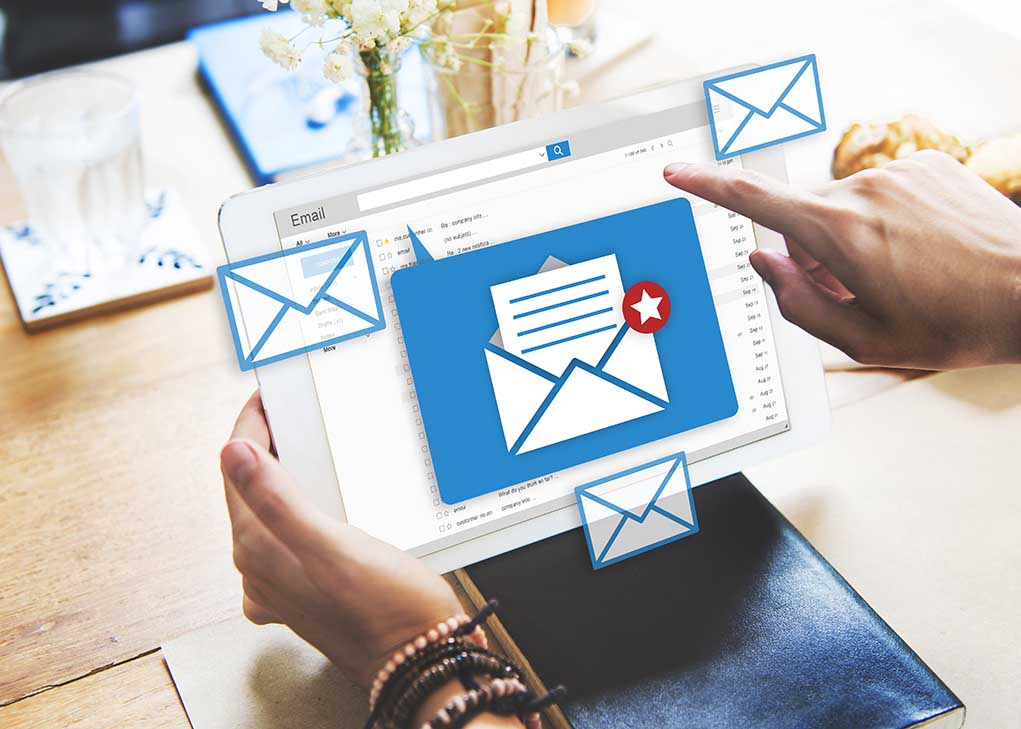
Managing your inbox efficiently can transform your work routine by reducing stress and enhancing productivity, paving the way for a more streamlined communication experience.
At a Glance
- Organized email management can reclaim up to 28% of a workweek.
- The daily flood of over 300 billion emails makes effective inbox management crucial.
- The 5 D’s: a systematic approach to sorting emails efficiently.
- Tools and techniques like Inbox Zero offer stress relief and productivity boosts.
The Importance of Efficient Email Management
As communication increasingly transitions to happen primarily on digital platforms, email inboxes can quite often become a source of stress and distraction. Efficient email management is essential. As a matter of fact, employees can save up to 28% of their workweek by optimizing their email routines. With over 300 billion emails sent daily, effective management strategies can prevent professionals from becoming overwhelmed by the relentless tide of messages, ultimately reducing workplace stress and increasing personal productivity.
Strategies for a Streamlined Inbox
Implementing a structured email management system is crucial. One effective method is the Inbox Zero strategy, championed by productivity expert Merlin Mann. It involves the 5 D’s: Delete, Delegate, Do, Defer, and Designate. By systematically processing emails, professionals can maintain focus on critical tasks. Additionally, using filters and labels to organize incoming messages and unsubscribing from unnecessary lists can declutter an inbox, contributing to improved mental clarity and efficacy.
Tools and Techniques for Enhanced Productivity
The modern professional has access to a variety of tools designed to keep inboxes tidy. Platforms like Microsoft Outlook, Apple Mail, and Gmail offer functionalities that aid in achieving Inbox Zero. Users can leverage features such as automatic email filtering, shared labels, and task delegation. These tools, combined with techniques like the two-minute rule—where emails are either addressed immediately if they can be done quickly or scheduled for later processing—help maintain an organized and less stressful digital workspace.
Achieving Inbox Zero
Although Inbox Zero suggests maintaining an empty inbox, its primary aim is to achieve a manageable workflow. Following the steps to Inbox Zero includes systematically processing each email, whether it’s deleting, responding, deferring, or delegating. This method not only reduces stress but also improves overall focus and productivity. Profits include better organization, a polished professional reputation, and an optimized daily routine. Embracing this approach allows individuals to prioritize tasks effectively, making email a powerful ally in achieving work goals.











